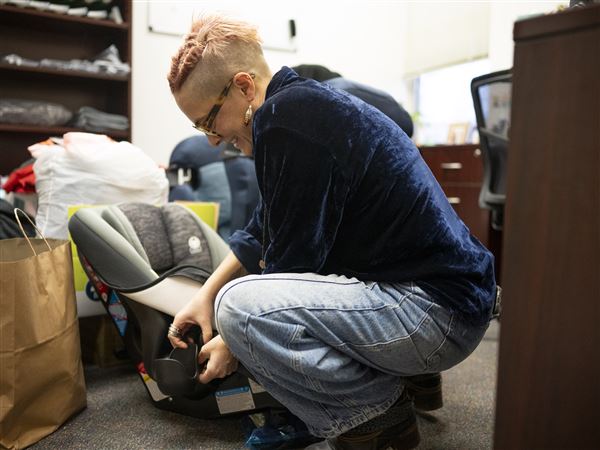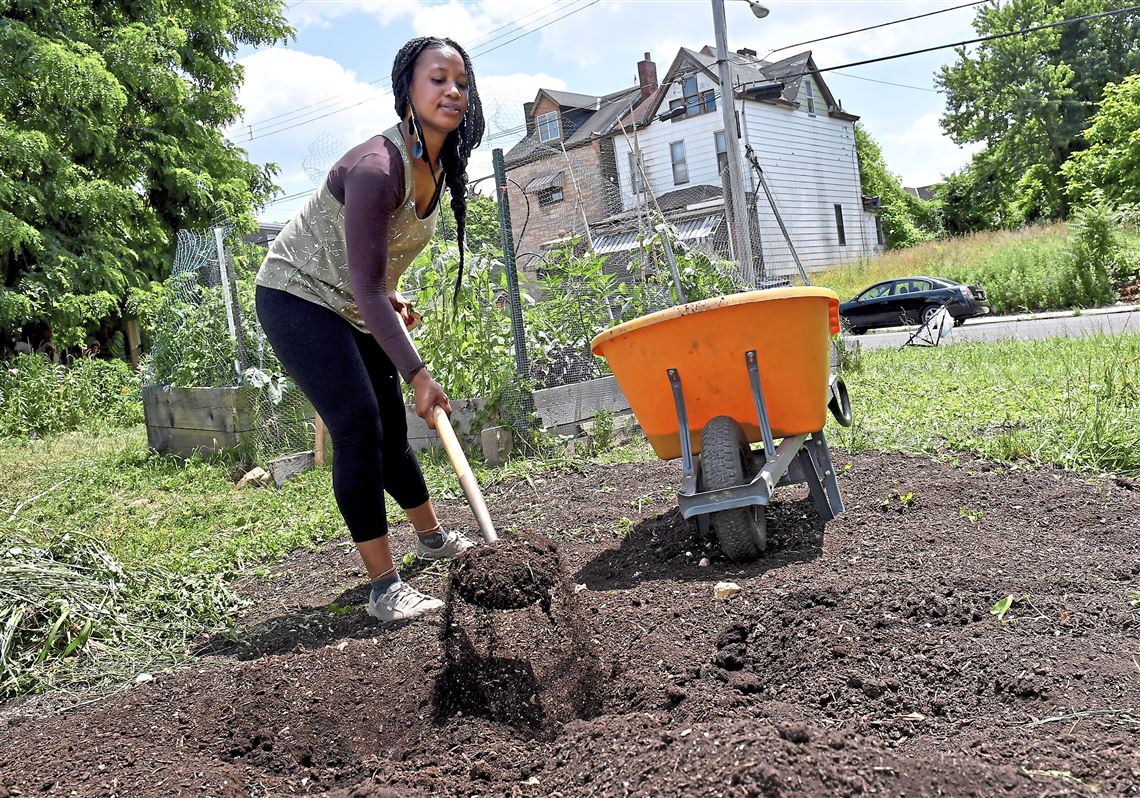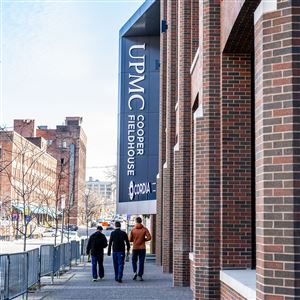In a season when many are making resolutions, a good, earth-friendly one is to become a creator of compost. Composting is good for the soil and good for the planet. Using compost is a great way to improve your garden’s overall health. It also helps reduce waste going into landfills. Methane is produced when organic waste decomposes when buried in landfill sites. It is estimated that one quarter of all U.S. methane emissions are due to organic waste rotting in landfills. Making your own compost is easy and it will save you money.
• How do I start? First, assess your amount of food scraps, yard waste and other organic materials. This will determine the size of the bin you should build or purchase. Then pick a location. It should be flat, on bare ground and ideally in shade so it does not dry out. Putting the bin in full sun will speed up the process but it will need to be monitored and watered. Place the bin where it is not an eyesore to your neighbors and close to your garden or potting shed for easy access.
There are two basic composting methods: single or continuous batch. With single batch, materials are added only once and agitated frequently. The whole pile will turn into compost in six months or less. Continuous batch is a perpetual method. Fruit or vegetable scraps, grass clippings, cardboard, dried leaves are added as they become available. The portion near the bottom will turn into compost first and can be removed periodically, as needed.
• What can I put in? There should be a balance of “browns,” which are high in carbon and “greens” which are high in nitrogen. Examples of browns are dried leaves, twigs, newspaper, straw, sawdust and paper products. “Greens” are grass clippings, kitchen food scraps, yard trimmings, eggshells, coffee grounds and any green plant debris. Do not add glass, plastic or metal, which never compost, or cooked food, grease, meat or cheese, which attract vermin. Avoid any diseased plants, perennial weeds or plants treated with toxic chemicals, and cat or dog feces.
• How does it work? Bacteria, fungi and other organisms facilitate the decomposition process. They need moisture and air to do their work. A teaspoon of healthy soil contains about a billion microscopic organisms. Spiders, ants, maggots, beetles and earthworms also will inhabit your compost bin. As they convert the material into energy, they give off heat. It is important to keep the pile damp. Moisture between 40% and 60% is ideal. If you squeeze a handful of material and a trickle of water comes out, it is too wet. Add some paper or sawdust to absorb the excess. Too much water can cause stagnation and produce unpleasant odors. If it is too dry, it will not compost. The pile also needs ventilation. Turning the pile will keep air flowing. When water and air are balanced, the pile will not smell.
• Using your compost. Finished compost is “black gold.” You can never have too much! Incorporate it into the soil in a vegetable bed. After a good rain, add a layer atop established beds. Treat new plants to a handful of compost in planting holes. Top dress your containers, or work some into the potting soil. Lightly sprinkle compost over newly seeded lawns. Unlike fertilizer which must be used precisely, compost can be applied anywhere at any time.
Dianne Machesney is a Penn State Master Gardener. This volunteer program supports the outreach mission of Penn State Extension. Have a gardening question? Email it, along with photos, to the Garden Hotline, staffed by the Penn State Extension Master Gardeners of Allegheny County at alleghenymg@psu.edu. They are answering emails from home.
First Published: January 8, 2021, 12:00 p.m.














